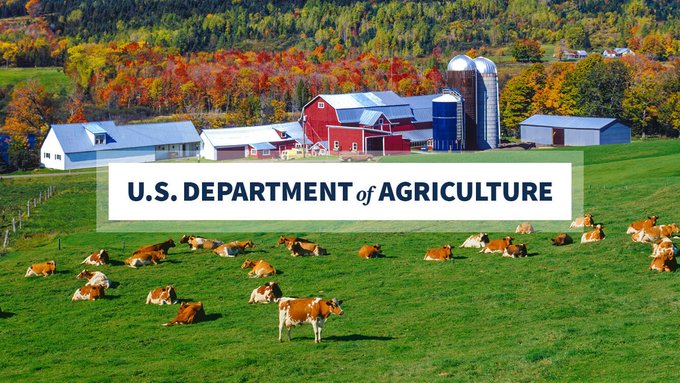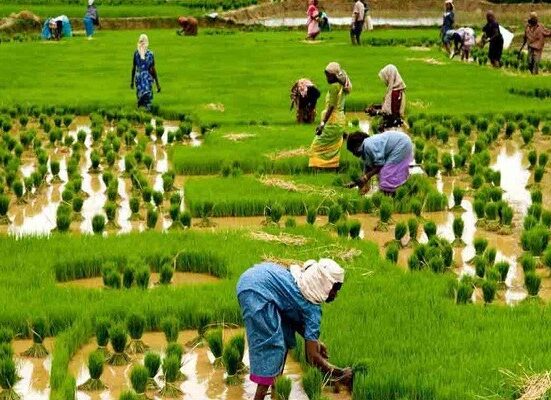The Department manages forest health and conservation, food safety regulation and oversight, and rural development initiatives like high-speed broadband. It also researches and promotes sustainable agriculture practices.
It prevents new invasive species from entering the United States and works to eradicate or limit damage they cause here. And it helps Americans buy local food from their neighbors.
Food Safety
Every person and organization involved in our food supply system from farm to table has a role to play in ensuring safety. Consumers bear a tremendous responsibility as well. They must be aware of the level of risk associated with the foods they buy and handle accordingly. Government plays a supporting role by establishing standards and overseeing their enforcement.
A small number of organizations can provide technical guidance to producers on producing and processing safe foods. USDA provides this service through several of its programs. For example, the AMS certifiers offer processors advice on HACCP plans and other related matters to reduce Salmonella illnesses. FSIS inspectors and administrators provide guidance to meat, dairy, egg, produce and grain producers.
USDA’s work on food safety includes reducing the incidence of disease-causing Salmonella in products regulated by FSIS, introducing a test and hold policy for slaughter plants to prevent the release of potentially unsafe meat into commerce until microbiological testing can confirm their product is safe, and reducing the rate of E. coli and other diseases in people who consume FSIS-regulated products such as beef, pork, turkey and eggs.
The Department’s research efforts also contribute to more sustainable agriculture by exploring new methods of achieving food security while reducing environmental impacts. These include developing agronomic improvements in crops and animals; increasing the capacity of priority countries to build trade capacity and improve their food safety systems; and partnering with land grant universities, other institutions, farmers and the private sector to conduct agricultural research, education and extension programming.
Agriculture and Natural Resources
The Department of Agriculture (USDA) provides leadership on food, farming, agriculture, forestry and natural resources. The agency aims to meet the needs of farmers and ranchers, promote agricultural trade and production, work to assure food safety, protect natural resources, foster rural communities and end hunger in the United States and abroad.
The USDA is also responsible for several social welfare programs, including free school lunches and food stamps. The agency’s many different agencies are responsible for providing broadband access to rural areas, offering low-income homebuyers and farmers financial assistance to purchase their land, and promoting research on crop protection and pest control.
There are a variety of career paths for people who study Agriculture and Natural Resources. Agricultural economists analyze market trends, policies, and resource allocation to help make informed decisions in the agricultural industry. Environmental scientists examine how human activities impact ecosystems, developing strategies to mitigate pollution and habitat loss. Soil scientists study soil properties, classifications, and functions to improve agricultural practices and enhance environmental conservation.
As the largest producer of crops and livestock in the world, the United States is a great place to pursue a career in agriculture. Students can attend top-tier universities and colleges to receive a high-quality education in the field, which will prepare them for a successful career. With its diverse agricultural landscape, the United States has a wide range of farming operations to explore, allowing students to gain hands-on experience in the industry.
International Trade
The success of America’s farmers, ranchers, forest landowners and rural communities depends on the country having access to stable, affordable markets. USDA helps producers develop new markets, manage risks and access credit to finance their operations. USDA also promotes the production and marketing of agricultural products in a manner that maximizes economic benefits to American consumers.
USDA provides current and accurate market information, prices, statistics and data to ensure a fair and competitive marketplace. Additionally, USDA works to provide orderly marketing of food commodities by regulating storage facilities and ensuring that USDA-approved warehouses have sufficient capacity, adequate frequency of inspection and reduced product losses.
Eighty seven percent of America’s water supply originates on our Nation’s forests, farms and range lands. To protect and enhance water quality, USDA invests in high impact watershed improvement projects that involve local communities, Tribes, State governments and private landowners.
Through natural resource conservation and energy programs, USDA reduces greenhouse gas emissions and sequesters carbon while leading climate adaptation efforts. Through the provision of loans and technical assistance, USDA enables producers, resource managers, community planners and others to prepare for impacts such as changes in water availability, flow, and quality; increased fire risk; and drought. The Department also provides assistance in the development of renewable sources of energy and helps make energy efficiency available to agriculture and rural communities.
Rural Development
The Rural Development program administers a collection of loan and grant programs focused on economic opportunities in rural America. It was created in 1994 through the Department of Agriculture Reorganization Act to consolidate non-farm financial assistance programs of the Farmers Home Administration, the Rural Electrification Agency, and the Rural Business Service.
It offers loan and grant programs that offer assistance for housing, utilities, and businesses in rural areas. Program options include direct loans, loan guarantees, and grants. Programs are available to rural households with low and moderate incomes, including those who want to purchase, build, repair, or renovate a single-family house. The program also offers financing for the construction of multifamily rental housing.
Programs are available to assist rural utilities with their costs of providing essential services, including electricity, water, and sewage disposal. They are offered to public and private entities. Programs are designed to promote community-based solutions for local challenges.
Programs are available to help rural people reach their full potential by supporting local community-based initiatives that improve health, education, and employment opportunities in rural communities. Grants are provided to help land-grant colleges and universities develop outreach and extension services to meet the information needs of rural communities. They are also offered to provide training and technical assistance to rural businesses. Funding is also provided to improve rural e-Connectivity by helping to build, maintain and expand telecommunications facilities on National Forest System lands.






